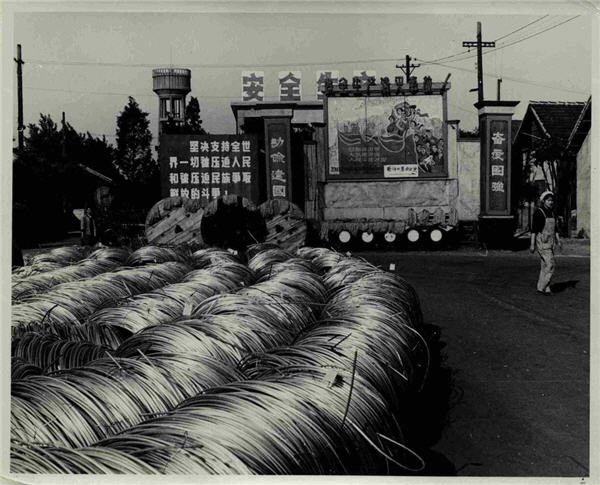Chinese factory data brings copper price surge to end
 After a 7.5% jump in December the surge in the copper price came to an end on the first trading day of the new year after disappointing manufacturing data in China.
After a 7.5% jump in December the surge in the copper price came to an end on the first trading day of the new year after disappointing manufacturing data in China.
In New York trade spot copper changed hands at $3.43 a pound, down half-a-percent on the day after fresh evidence of a slowdown in China – responsible for 42% of total global copper demand of some 21 million tonnes – gave pause to the bulls which have pushed the price to levels last seen in April.
China’s manufacturing purchasing managers’ index (PMI) released Thursday slipped to a three month low due to slower manufacturing growth due to decreases in both export orders and domestic output.
The overall reading of the HSBC/Markit index stayed just above 50 in December, the fifth month in a row, which indicates expansion albeit at a slower rate. However, new export orders fell to 49.1, a four-month low and an indication of contraction.
Hongbin Qu, chief economist for HSBC in China said despite the December slowdown, “the recovering momentum since August 2013 is continuing into 2014, in our view. With inflation still benign, we expect the current monetary and fiscal policy to remain in place to support growth.”
Given its widespread use in transportation, manufacturing and construction copper is sensitive to any economic slowdown, but market specific factors are pulling the price in opposite directions.
The copper price was boosted in the second half of last year due to a sustained drawdown of copper inventories on the London Metal Exchange and the Shanghai Futures Exchange, which have fallen to near one-year lows.
When LME stocks reached a decade high in June the price of copper fell to $3.03 a pound, levels last seen in 2010. Dwindling LME stockpiles – from 678,000 tonnes in June to 366,000 on 31 December – were interpreted as an indication of more robust demand than previously thought.
Market attention may now shift to the supply side with the red metal coming under pressure as a slew of massive greenfields projects – notably Codelco’s 160,000 tonnes-plus Ministro Hales mine in Chile – and a number of expansions including at Collahuasi and BHP Billiton’s Escondida – come on stream.
For the past seven years annual supply growth has been essentially static falling to as lows as 0.4% a year in 2010 to 2011, but growth in copper mine supply should accelerate further in 2014 topping 6% and average over 4% through 2016.
However, the pace of new supply hitting the market could also turn out to be slower than thought as major expansion projects including Teck’s Quebrada Blanca and Antofagasta’s Los Pelambres are pushed out and financing of Rio Tinto’s Oyu Tolgoi underground phase proves elusive.
Image of Shanghai cable factory circa 1965 by Thomas Fisher Rare Book Library
More News
{{ commodity.name }}
{{ post.title }}
{{ post.date }}

Comments